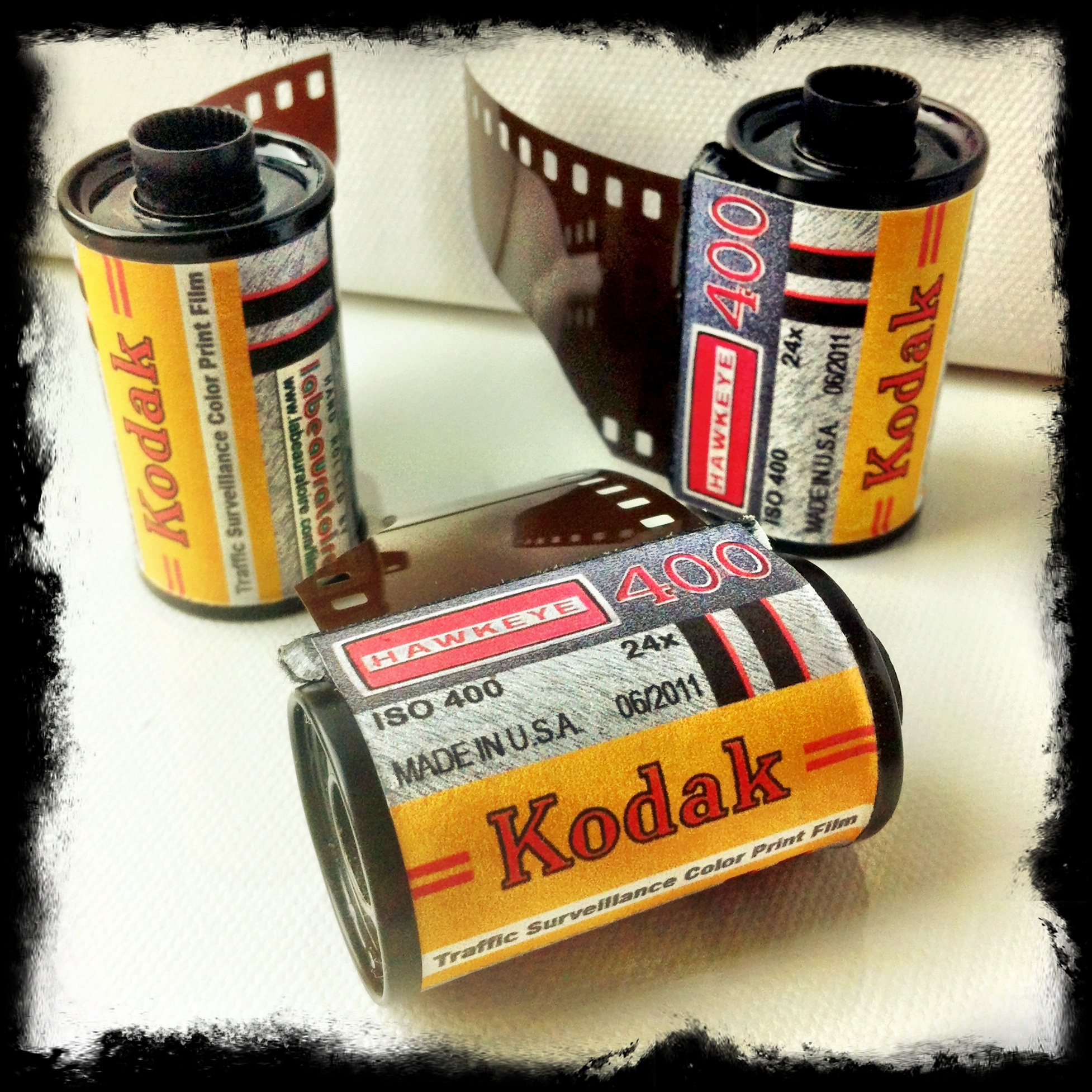

Similarly to the second developer, heat 414mL of water to 140 ☏ and stir in Parts A, B, and C. Lastly, the Bleach and Fixer are combined into a single step or simply called blix. The temperature guidance from CineStill Film only if you want to develop immediately after mixing the chemistry. As mentioned before, all liquids can mix at room temperature. Part B follows Part A while still stirring. Part A is poured into the water and stirred in. The second developer consists of mixing two parts of chemistry into 650mL of water, heated to 115 ☏ (~46 ☌).


The room temperature chemistry will bring the overall temperature down to mixing temperature. However, if you’re looking to develop immediately after mixing, heat the water to 140 ☏ (60 ☌) and mix in the room temperature chemistry. If mixing with the liquid D6 DaylightChrome, you may combine at room temperature. If you happen to come up short of 1L of chemistry, you can top it off to 1L. This temperature allows the powder to absorb quickly for immediate use. CineStill film recommends heating 600-700mL of water to 111 ☏ (44 ☌) and mixing the powder directly into the chemistry. Opening the box, you will see a packet of powder for the D9 or T6 developers (or a liquid bottle for the D6). If you’re interested and watching a video version of this review, you can watch it on the Studio C-41 YouTube channel! The founders of CineStill Film join Studio C-41 for a podcast interview on their latest product announcement: The Cs6 Creative Slide 3-Bath E-6 Development kit. It is a conventional 6-stop first developer providing an option to photographers who want to maintain the original look of traditional E-6 slide film. Lastly, DaylightChrome is a standard development kit.
#KODAK C 41 PROCESS ISO#
In addition to correcting light rated at 3200K to daylight, EKTACHROME E100 can shoot at the native box speed (ISO 100) rather than Kodak Professional’s recommended exposure rating of ISO 25-32 with an 80A filter for tungsten-balanced light. The second product, the T6 TungstenChrome developer, is formulated to shift daylight balanced film for tungsten lit environments. In doing this, shooting a slide film as a color negative film is very exciting.

#KODAK C 41 PROCESS SKIN#
This developer intends to give photographers the ability to backlight their subjects while maintaining detail in the highlights with warm shadows, and accurate skin tones. In addition to the expanded dynamic range, DynamicChrome is formulated to assist EKTACHROME’s cold blue shadows by warming them. The first product is, in all honesty, I’m most excited about The D9 DynamicChrome is a first developer modified to provide at least 9-stops of dynamic range as opposed to older developers providing 3-6 stops. Using a motion picture technique called color timing, each of these first developers is engineered to interact with the film to produce very different results. Now, CineStill Film has brought three developers to a hungry film photography market: The D6 DaylightChrome, D9 DynamicChrome, and the T6 TungstenChrome. Brandon and Brian Wright, founders of CineStill Film, spent more than a year and a half reformulating the E-6 recipe after Kodak EKTACHROME E100 was released. This is not another rebadged E-6 kit brought to the market. Introduction – Podcast Interview – YouTube ReviewĬhemistry Mixing – Processing – Results – Final Thoughts IntroductionĪs you already heard, CineStill Film has released a new E-6 kit called the Cs6 Creative Slide 3-bath E-6 development kit.


 0 kommentar(er)
0 kommentar(er)
